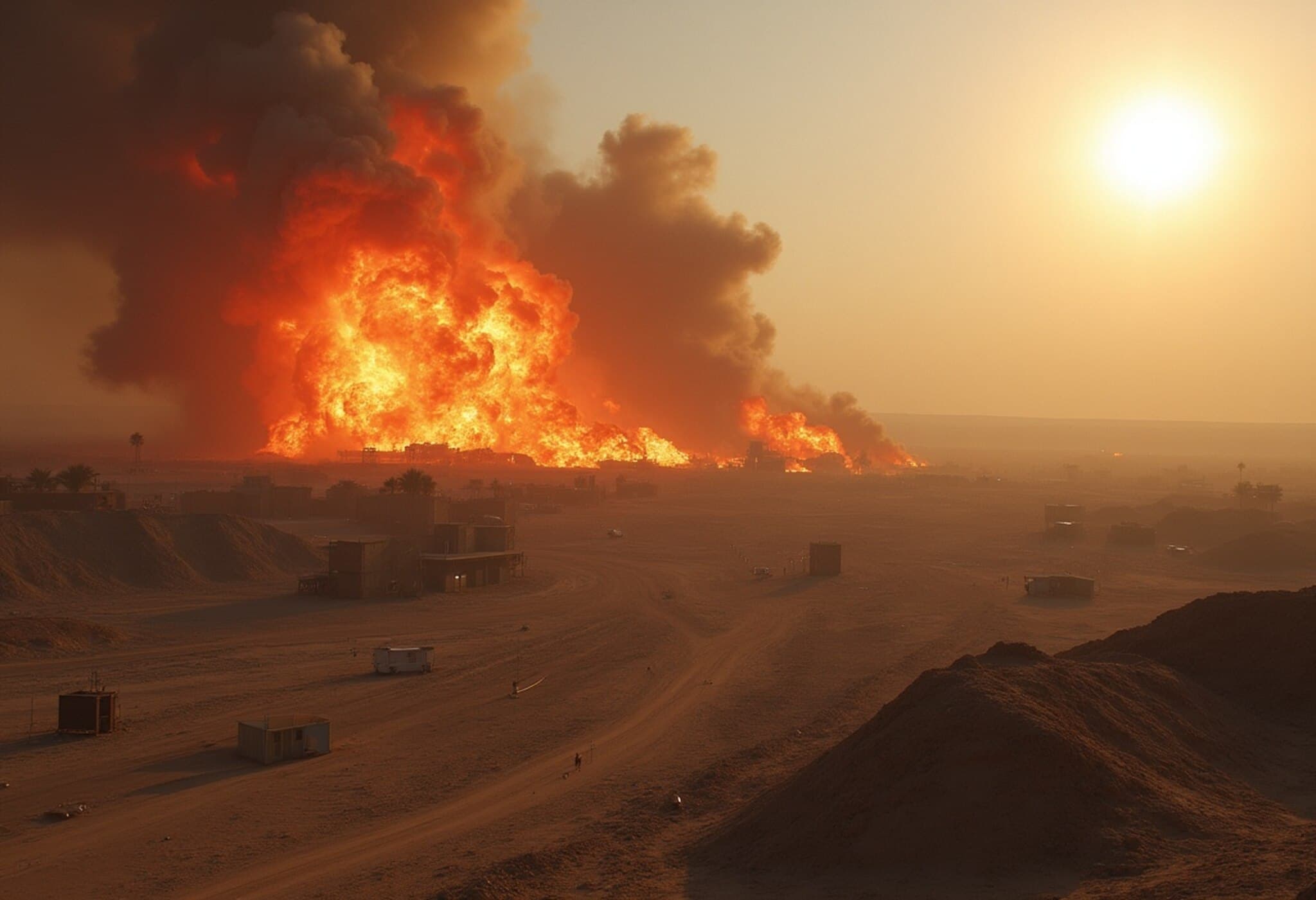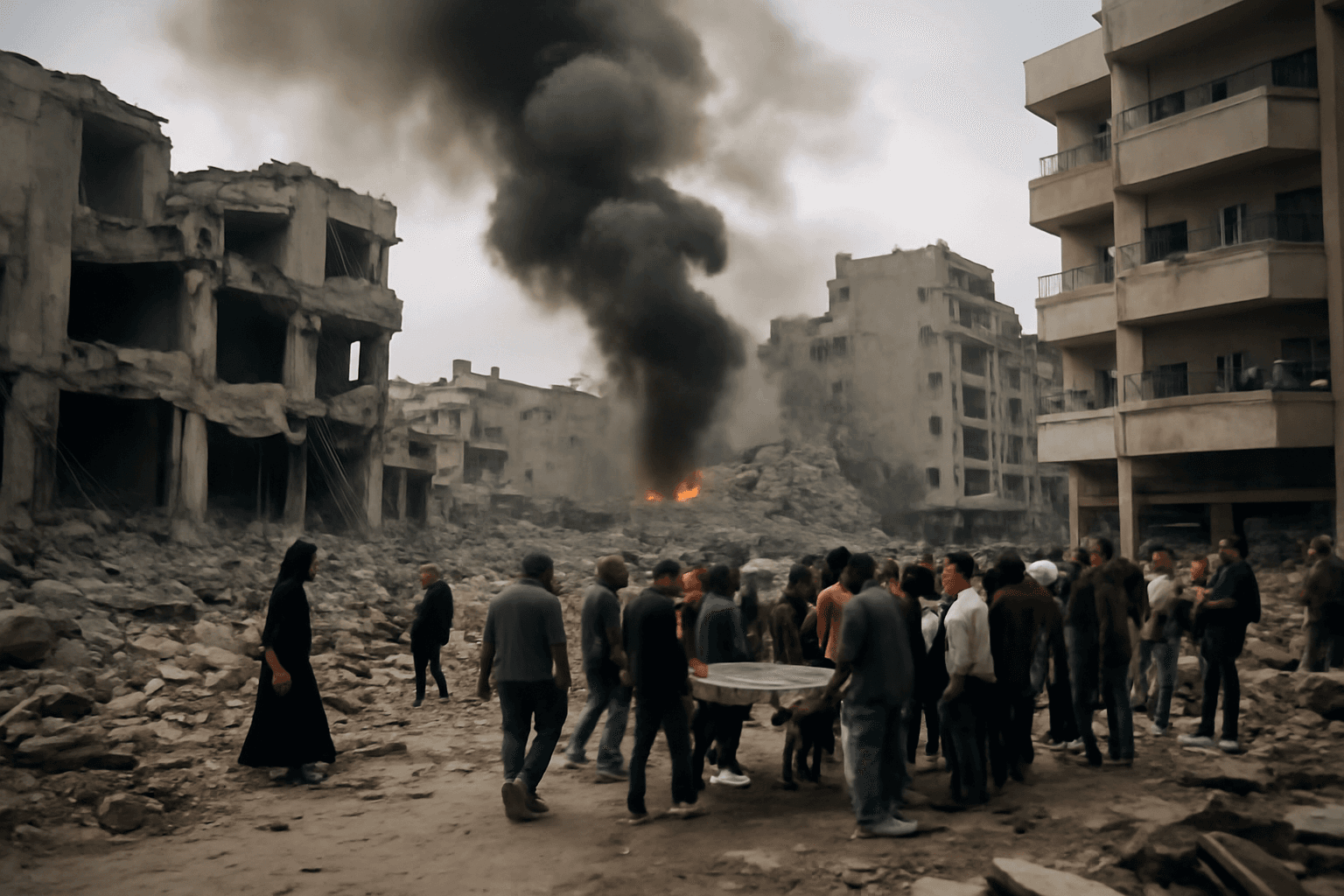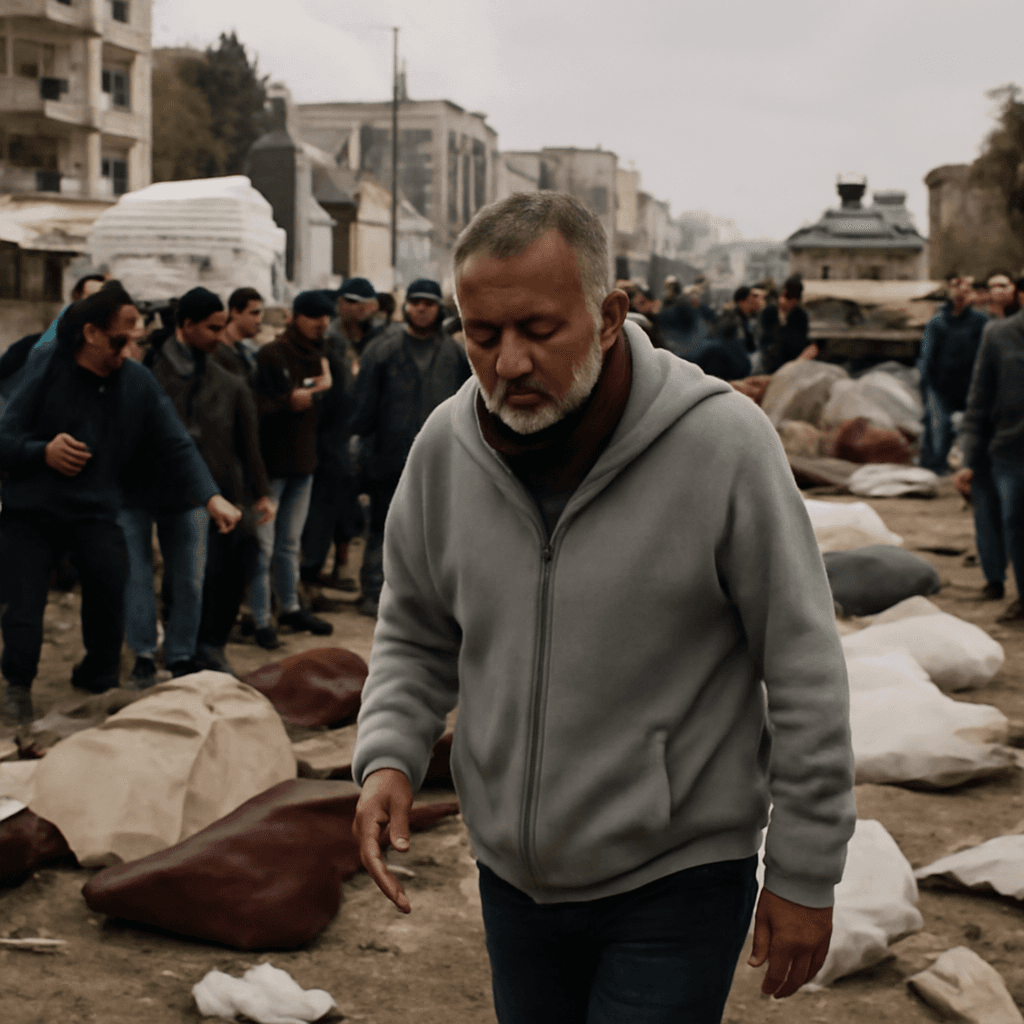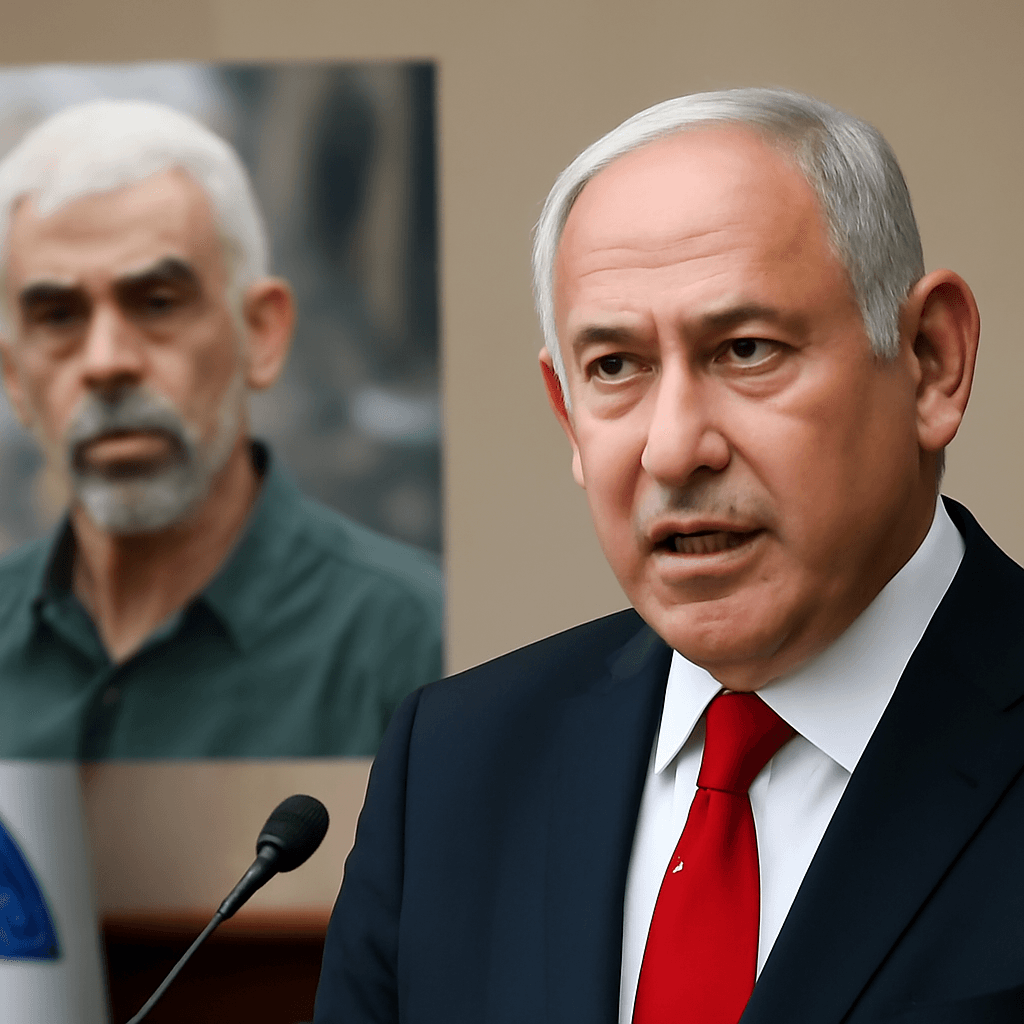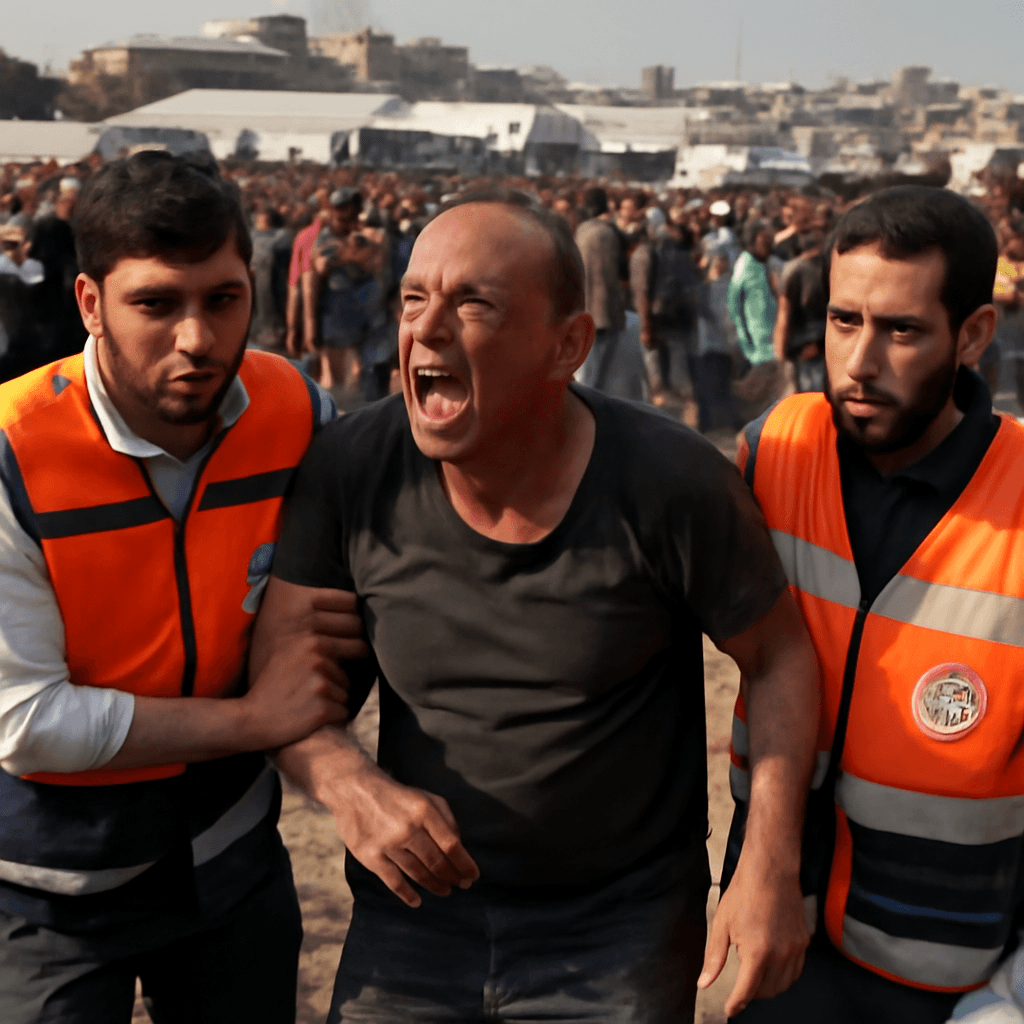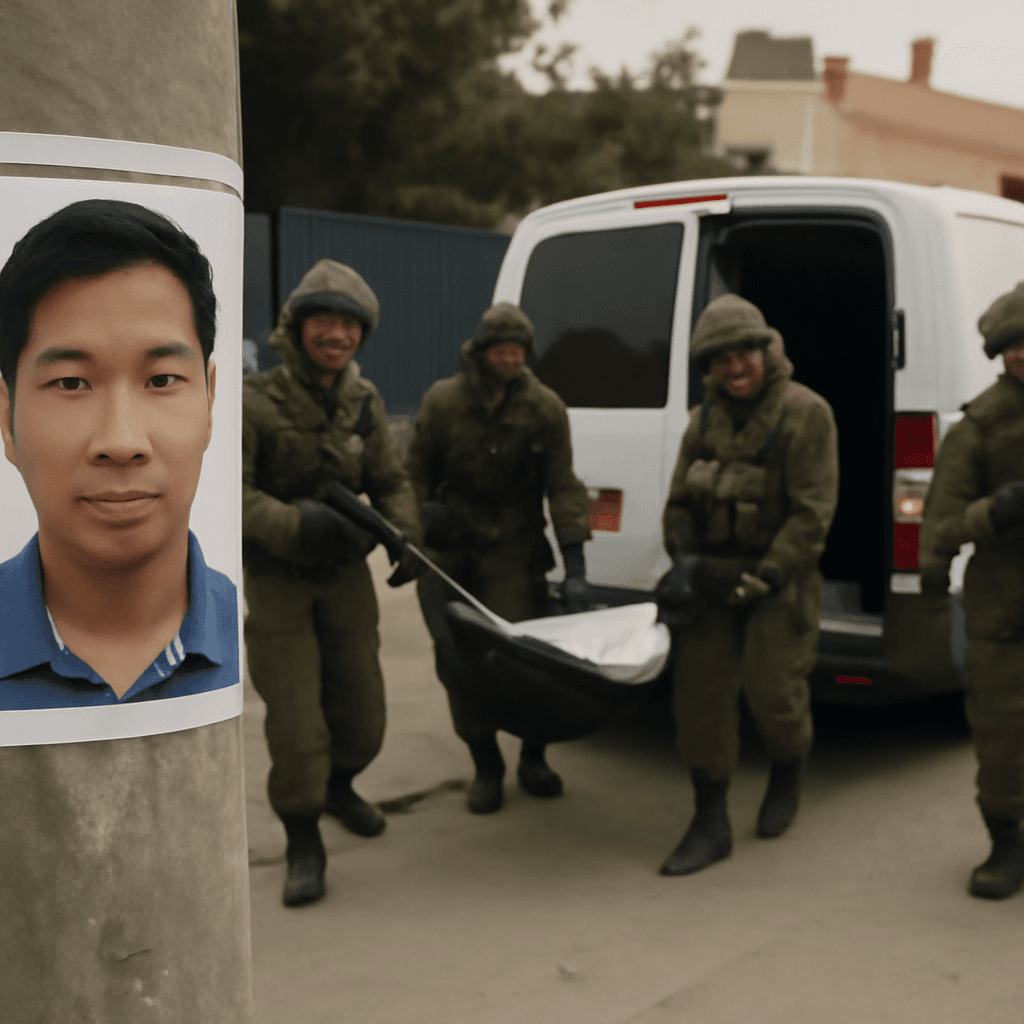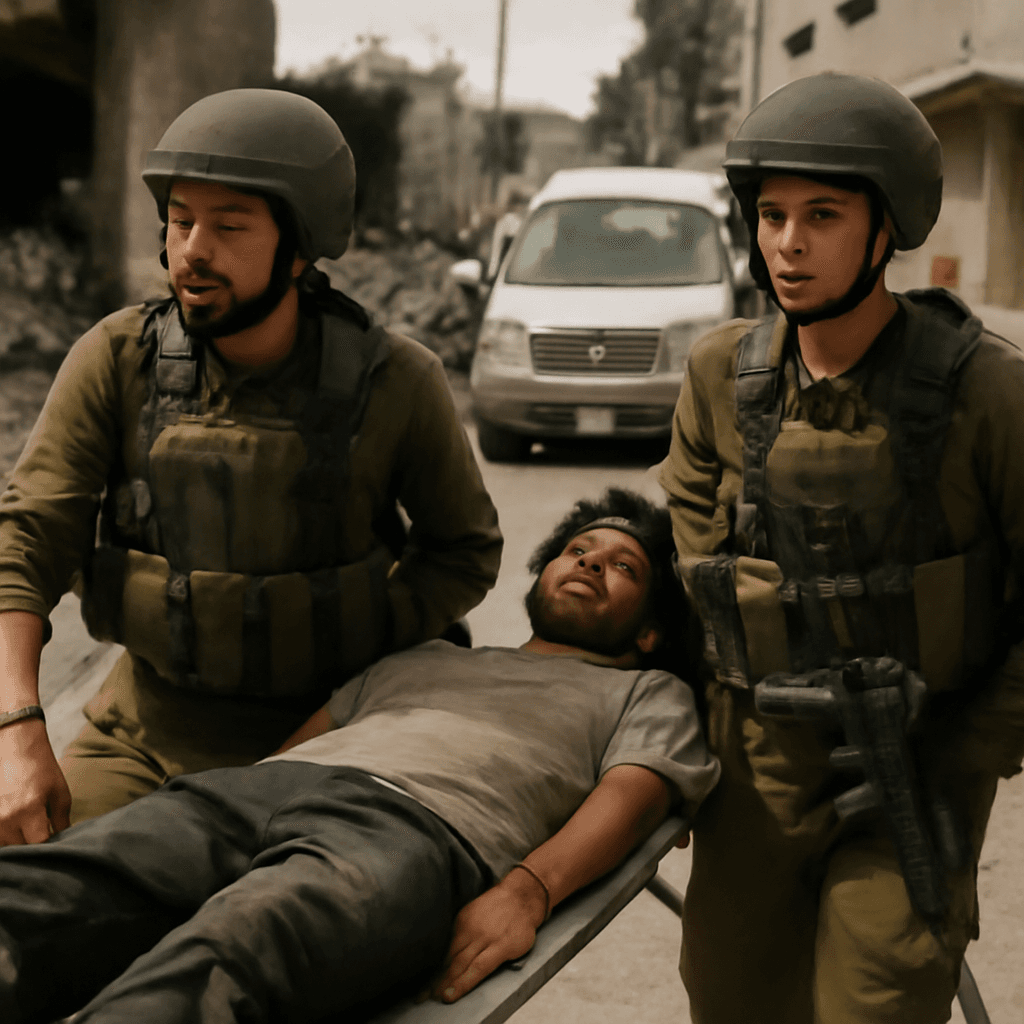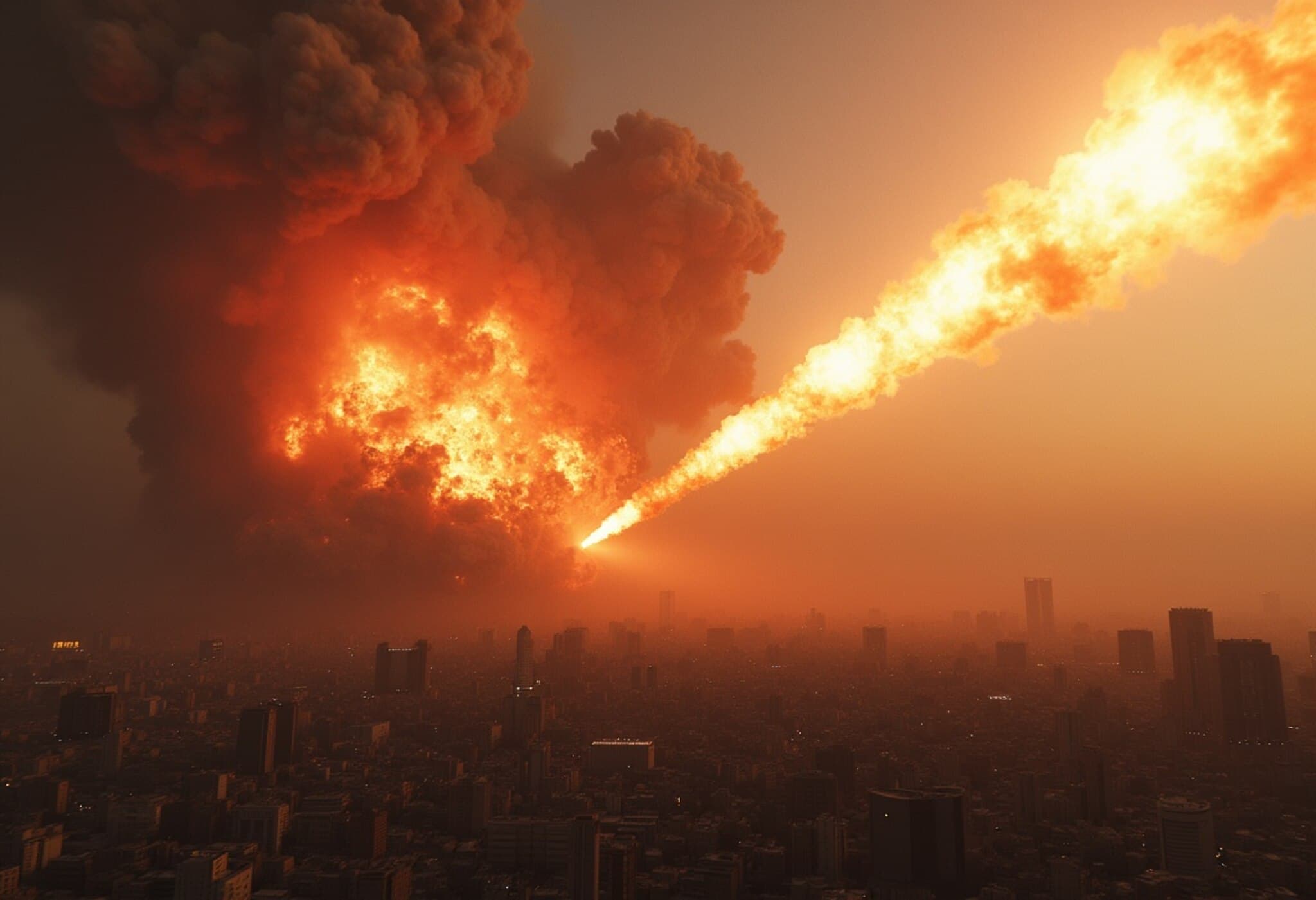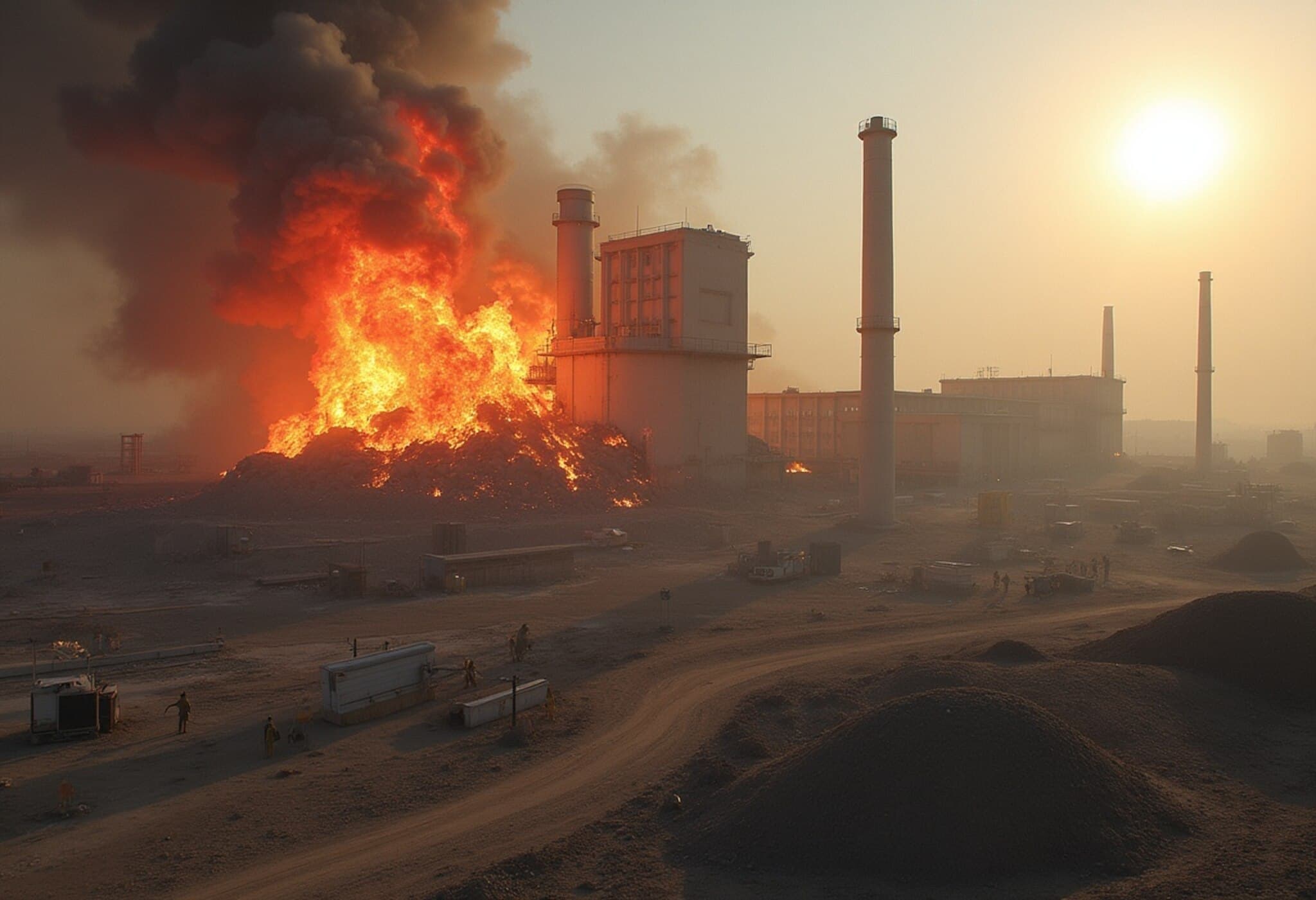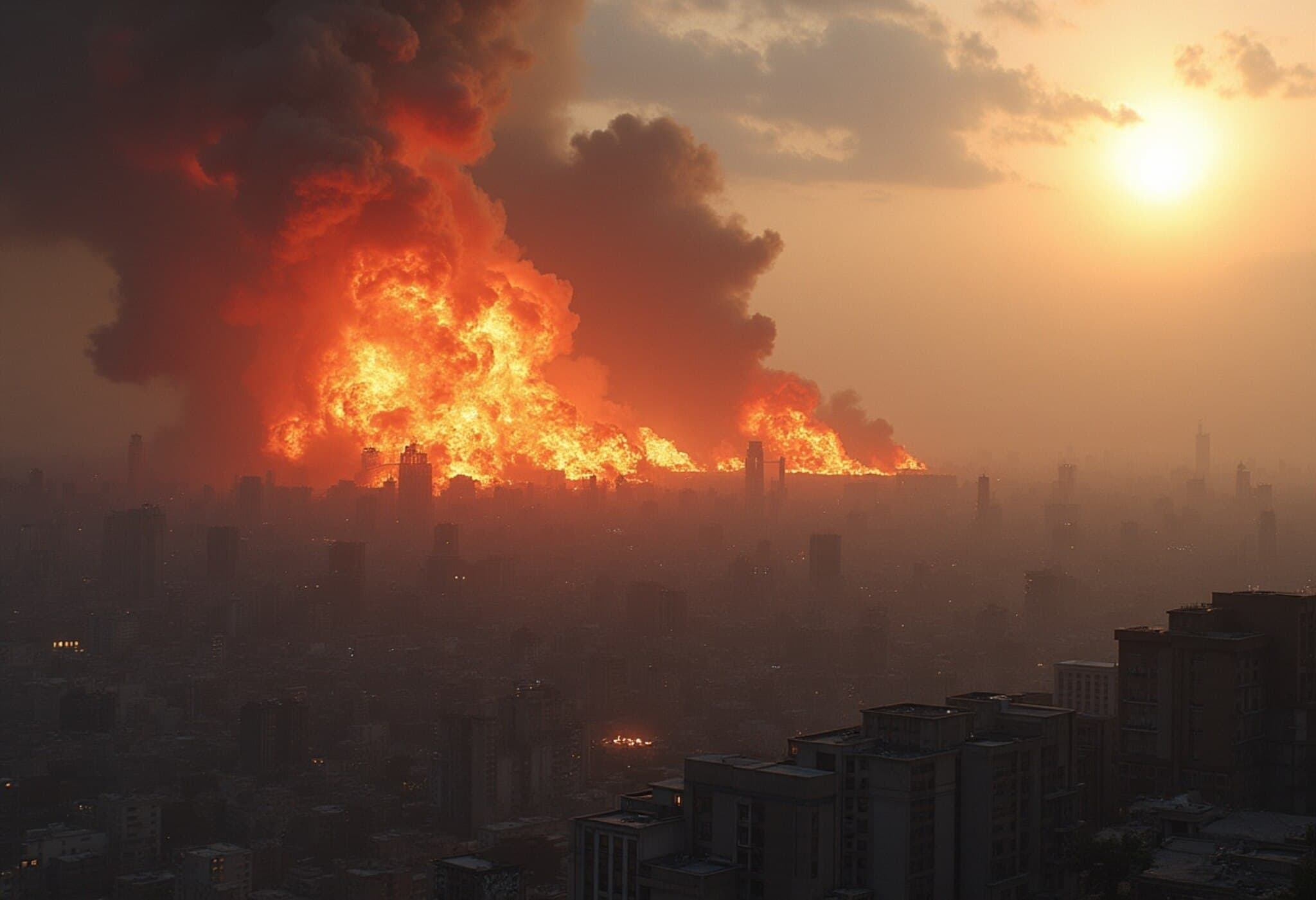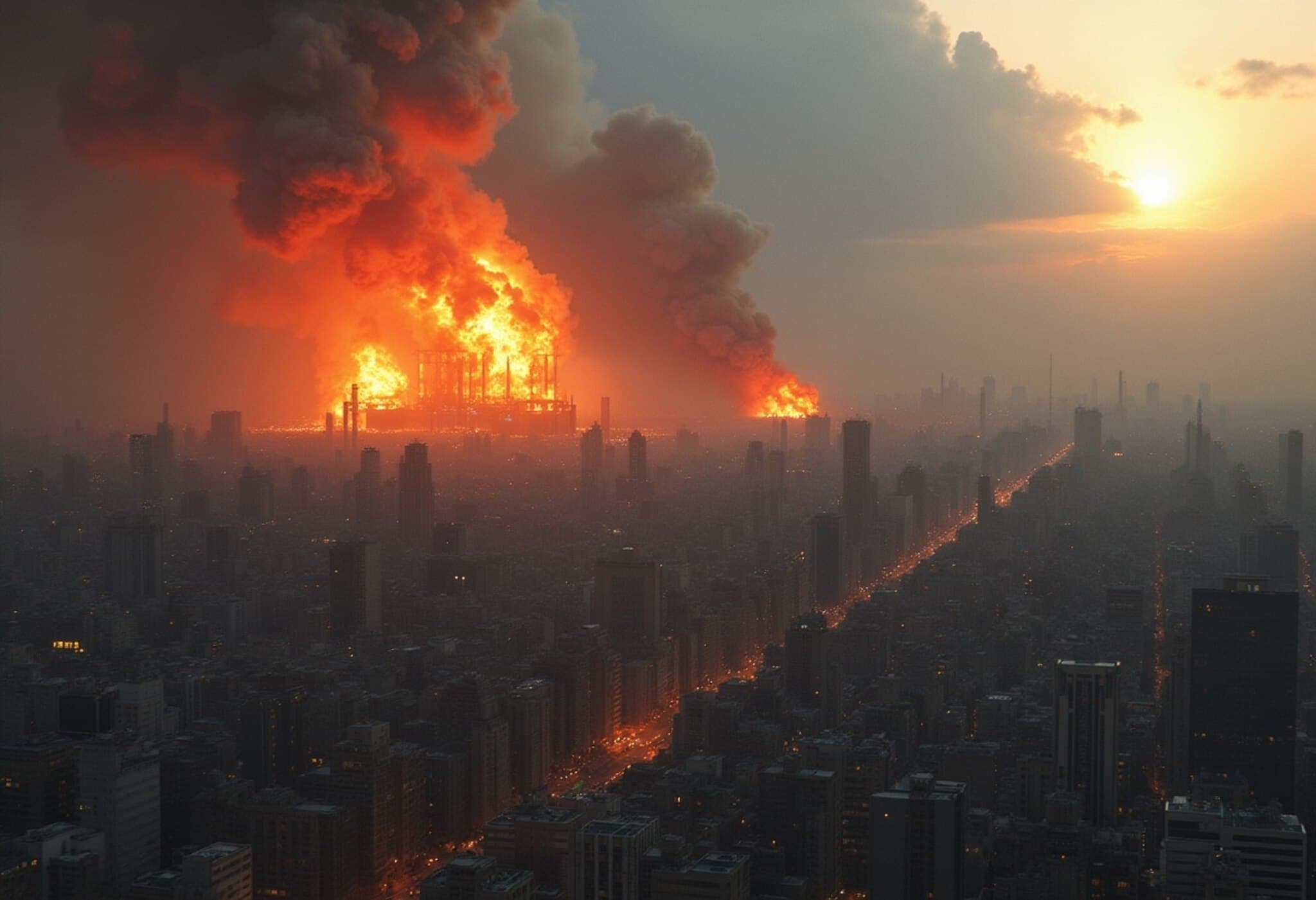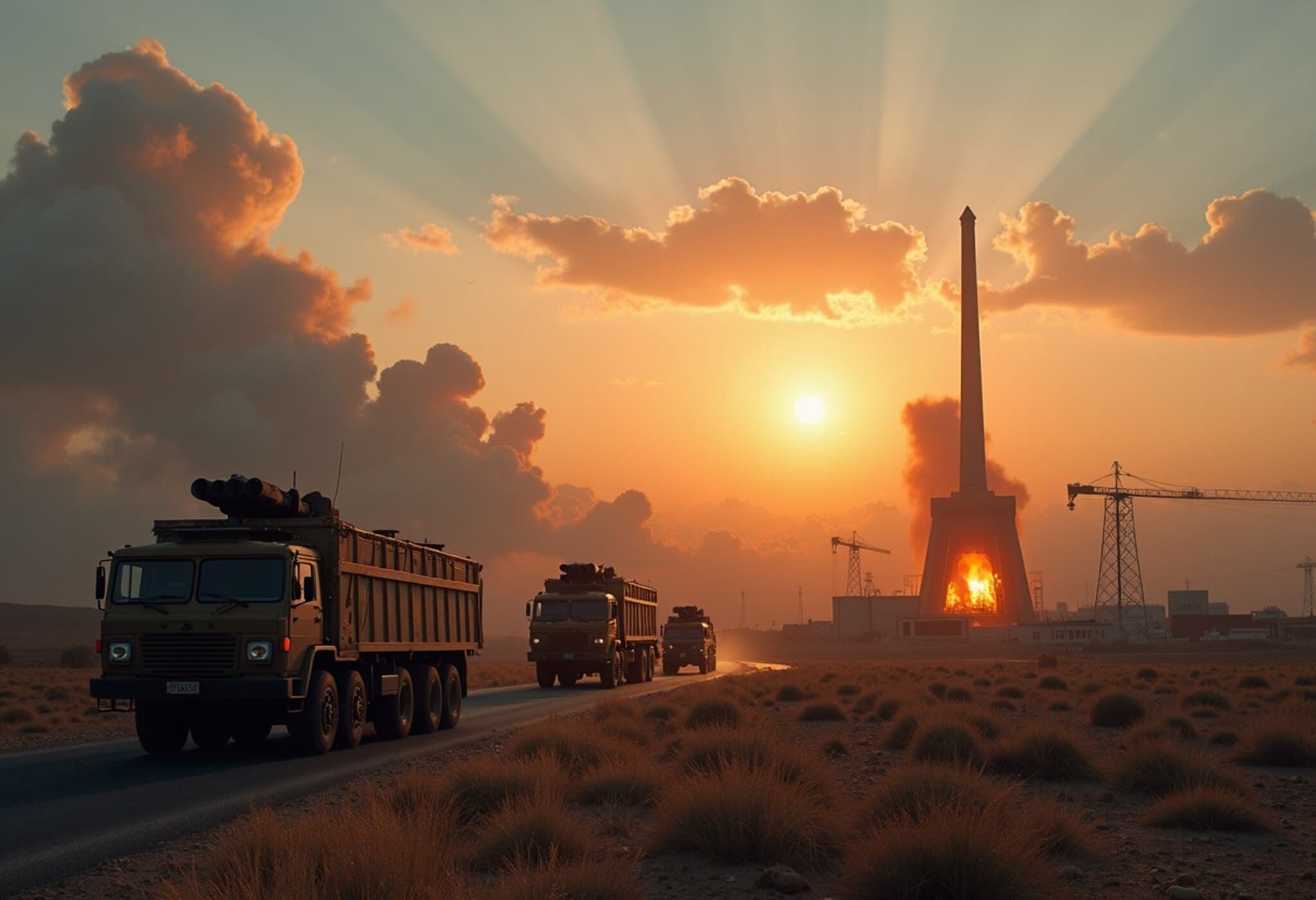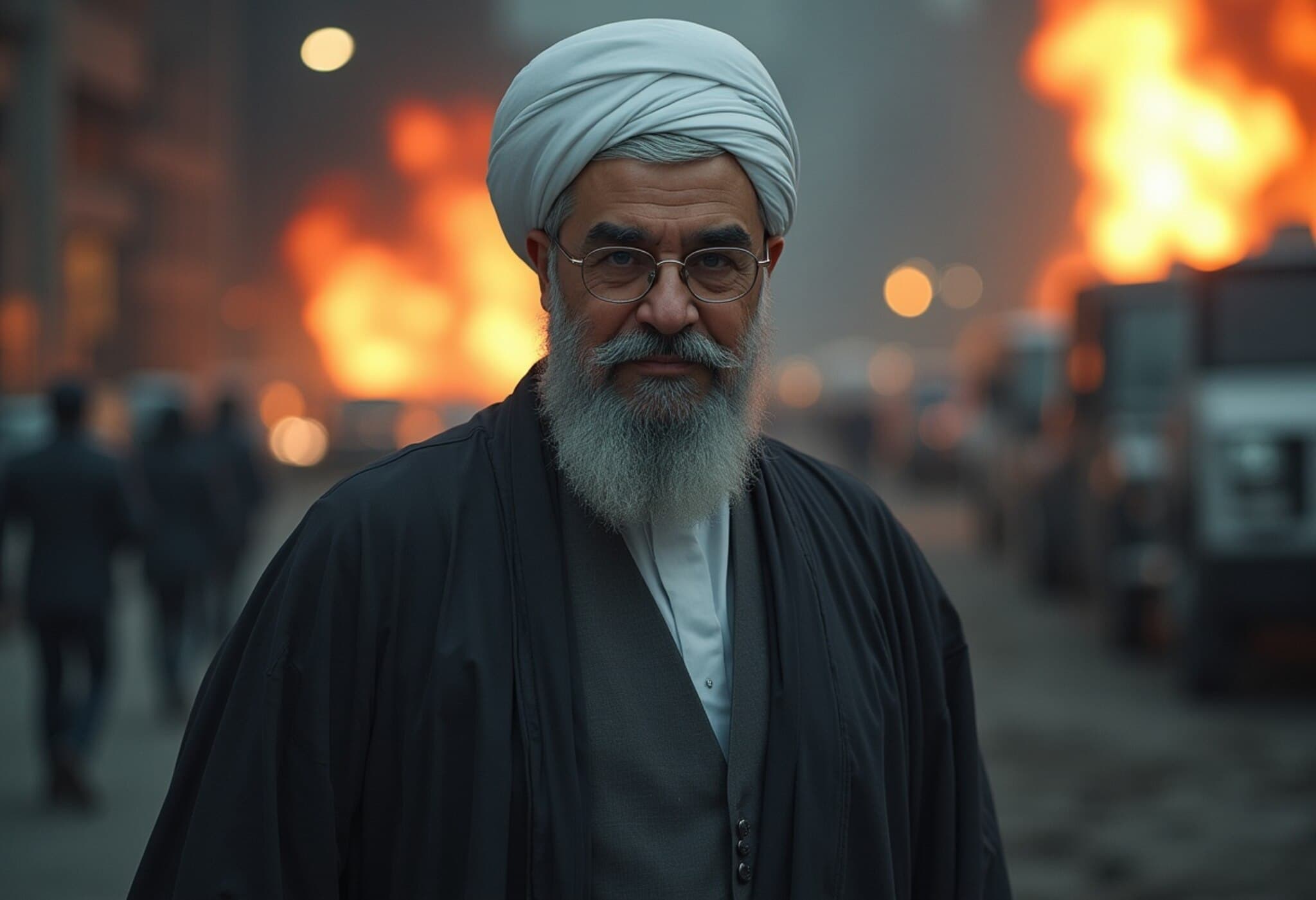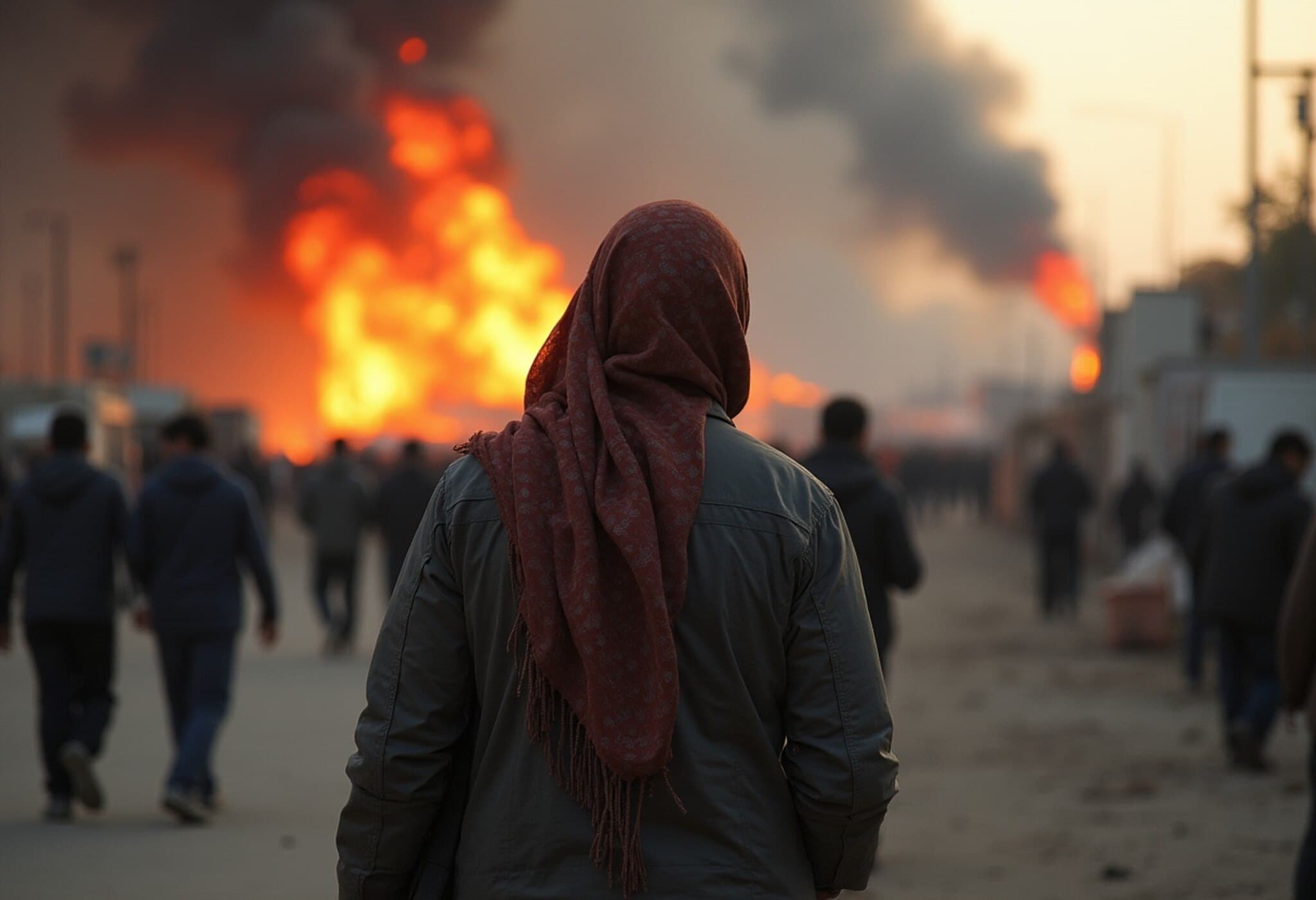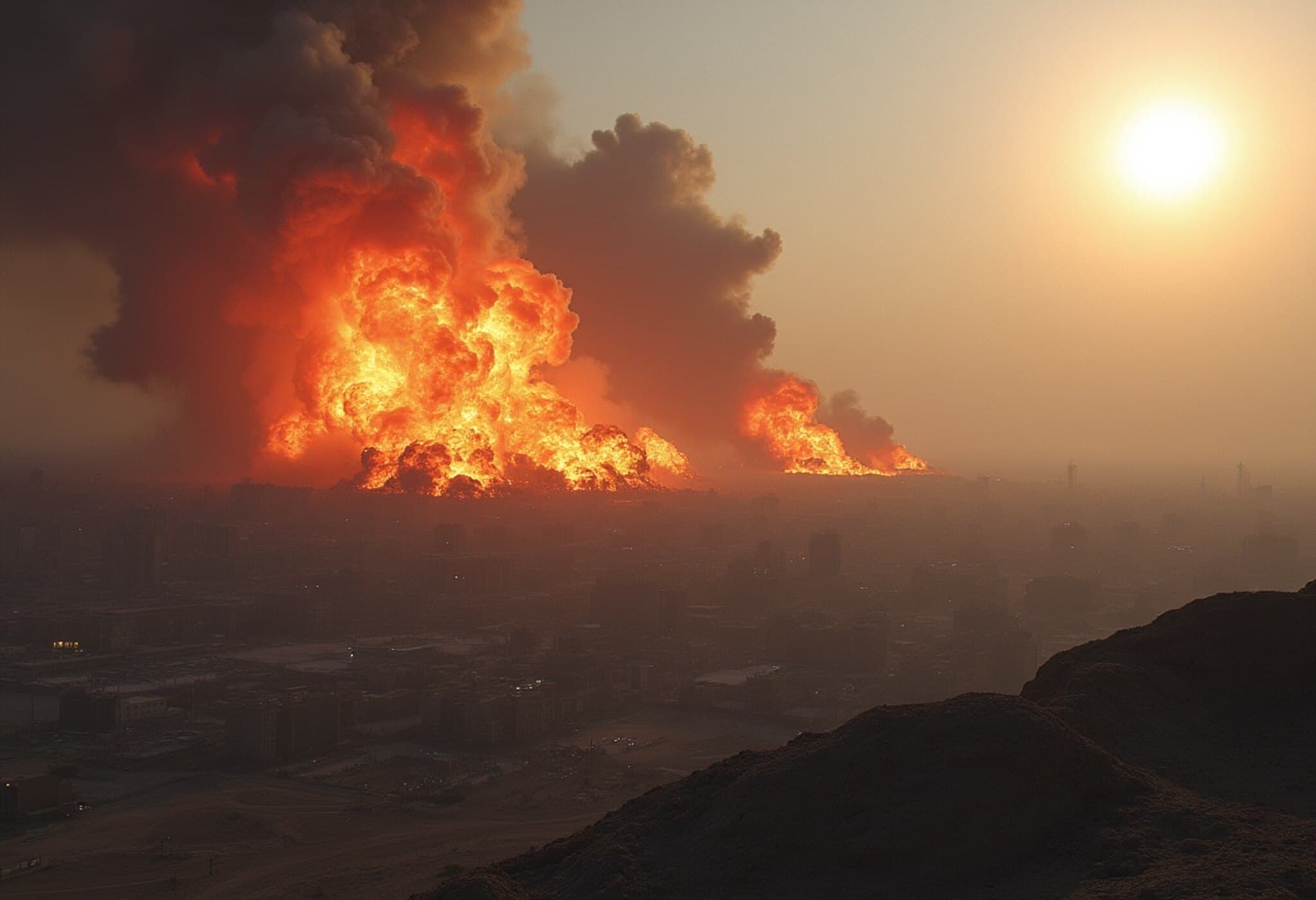Israel Successfully Targets Iran's Natanz Underground Nuclear Site, Confirms UN Agency
In a significant development in the ongoing Israel-Iran tensions, the United Nations’ nuclear watchdog has confirmed that Israel has successfully struck Iran’s heavily fortified Natanz uranium enrichment facility. This underground complex was previously considered nearly untouchable due to its deep subterranean location.
UN Nuclear Watchdog Confirms Direct Impact on Natanz
The International Atomic Energy Agency (IAEA) reported that high-resolution satellite images captured after recent attacks reveal clear evidence of damage to the underground enrichment halls at Natanz. Until now, it was widely believed that Israel might find it difficult to inflict damage on such a deeply embedded facility.
“Based on continued analysis of satellite imagery following Friday’s attacks, the IAEA has identified additional signs of direct impacts on the Natanz underground enrichment areas,” stated the agency in a social media update.
The IAEA also noted that the other major nuclear sites in Iran, such as Fordow and Isfahan, remain largely unaffected with no notable changes observed from satellite monitoring.
Ongoing Assessment Amid Restricted Site Access
Due to heightened conflict and security concerns, IAEA inspectors have been unable to visit the Natanz site in person. The agency continues to rely on satellite imagery and information from trusted on-ground sources to evaluate the extent of the damage.
Previously, the IAEA confirmed that an above-ground enrichment facility at Natanz was destroyed in earlier strikes. Rafael Grossi, IAEA’s Director General, recently suggested that the underground centrifuges likely sustained damage resulting from the disruption of the plant’s power supply during the attacks.
Fordow Facility Remains Intact
The Fordow uranium enrichment plant, situated inside a mountain and known to be enriched beyond 60%, remains unharmed. Given its deep burial, experts indicate that only the most powerful bunker-busting munitions, such as a 14,000-kilogram bomb deployed by advanced aircraft, could possibly target it.
What This Means Moving Forward
- The strikes mark a bold move in intensifying the Israel-Iran conflict, targeting nuclear infrastructure previously regarded as nearly invulnerable.
- Despite the damage at Natanz, Iran's other nuclear facilities remain operational, implying continued monitoring and diplomatic challenges ahead.
- The IAEA’s inability to inspect the site directly underscores the complexities of nuclear oversight in conflict zones.
As tensions escalate, the international community watches closely, aware that disruptions to Iran’s nuclear program carry significant geopolitical ramifications for the region and beyond.

